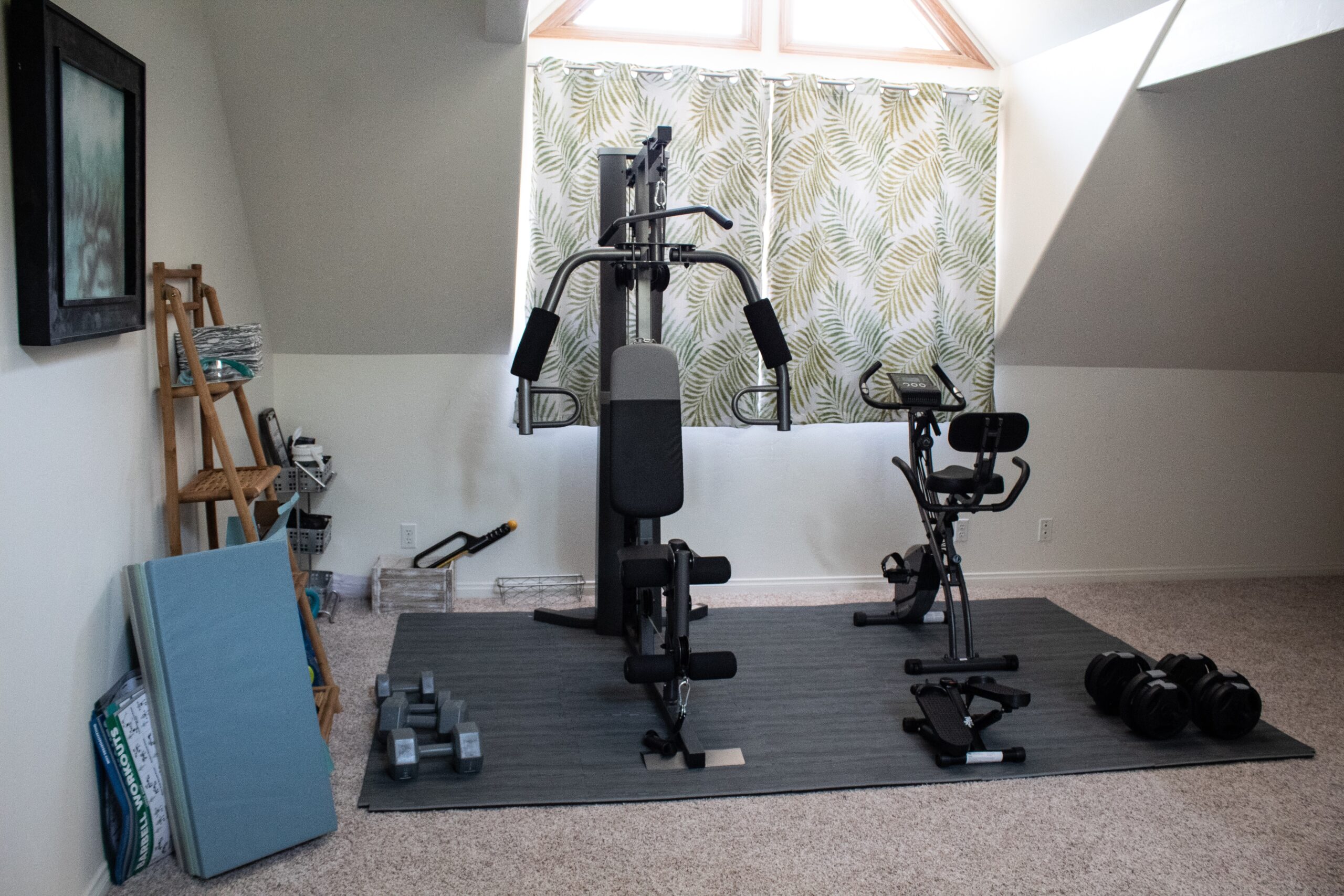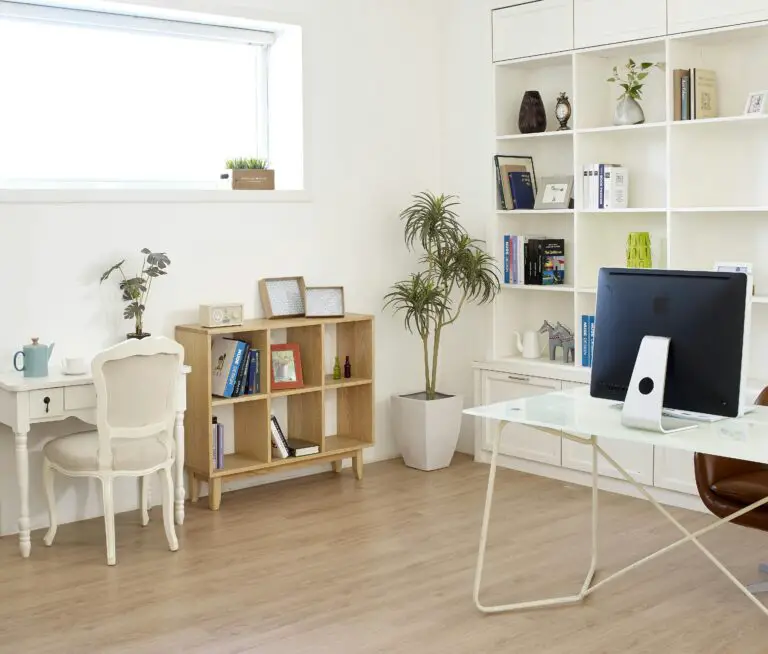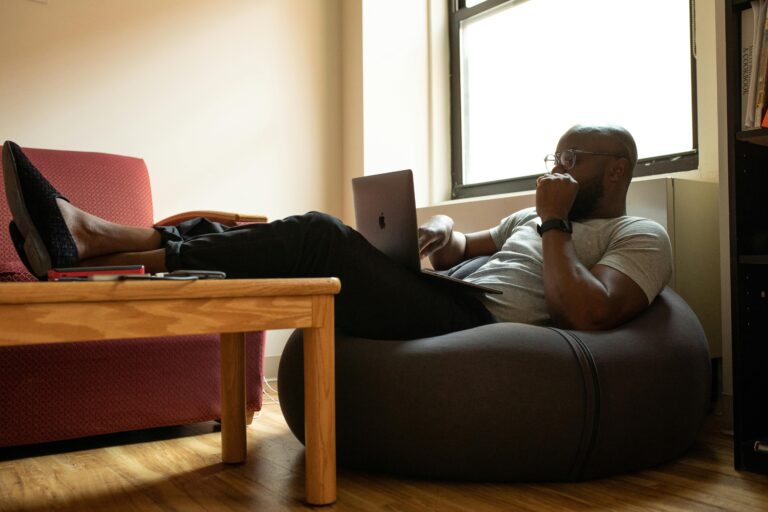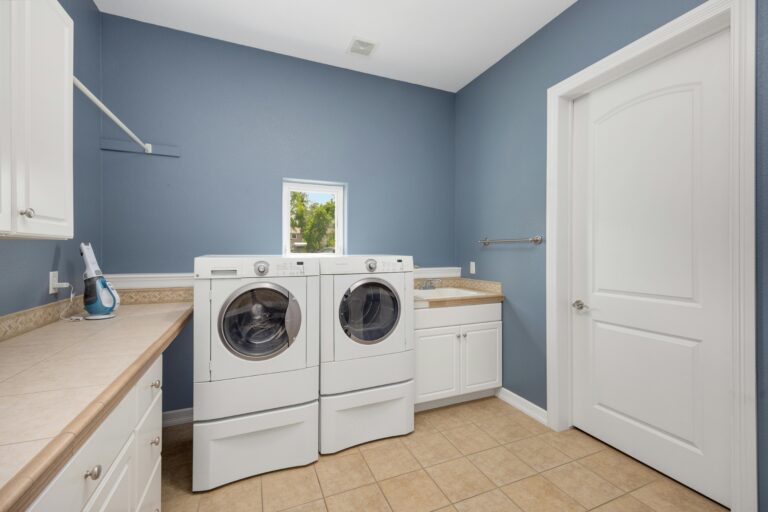Having a home gym is a dream for many fitness enthusiasts, and with good reason. It offers convenience, privacy, and the freedom to tailor your workouts to your specific needs and schedule. A functional and stylish home gym not only motivates you to stay consistent with your fitness routine but also complements your home’s aesthetics.
In this comprehensive guide, we will walk you through the process of creating your very own functional and stylish home gym. We’ll cover all aspects to ensure you have an inspiring and efficient workout area.
I. Planning and Designing Your Home Gym
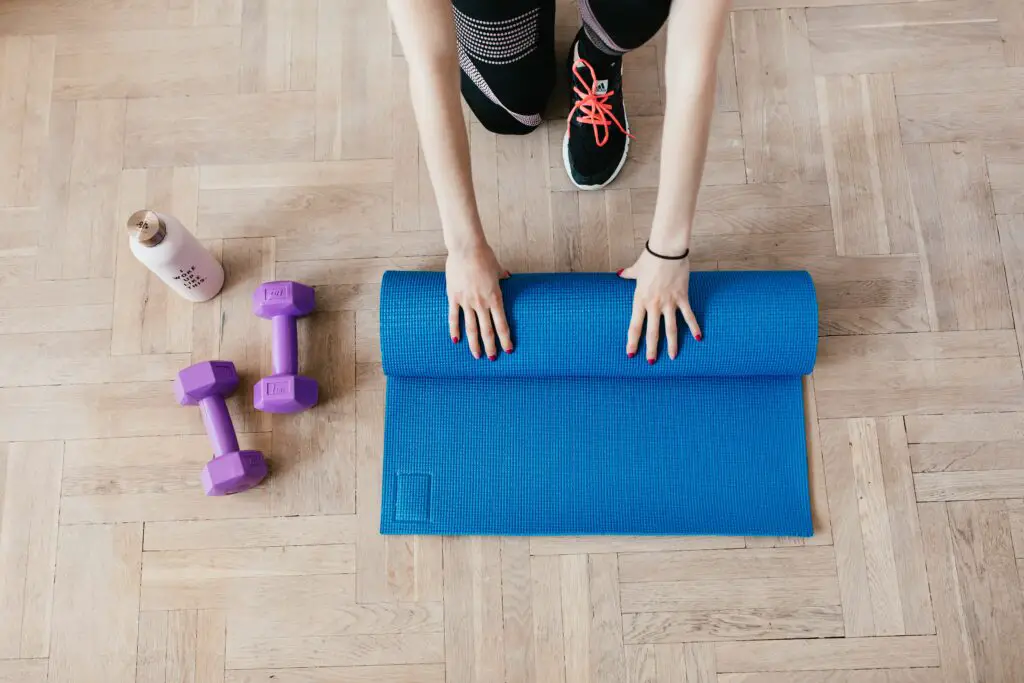
A. Assessing Your Space and Budget
Before embarking on your home gym journey, take some time to assess the available space and your budget. Measure the dimensions of the room or area you plan to convert into your gym.
This will help you determine the type and quantity of equipment you can accommodate. Additionally, set a realistic budget to ensure you don’t overspend on equipment and decor.
B. Setting Goals and Establishing Gym Requirements
Clearly define your fitness goals and objectives. Do you want to build muscle, improve cardiovascular endurance, or practice yoga? Understanding your goals will guide you in selecting the right equipment for your workouts. Consider the amount of space each type of equipment requires and how it aligns with your workout preferences.
C. Safety Considerations
Safety should be a top priority in your home gym. Choose a suitable flooring option that provides sufficient cushioning and support for various exercises. Rubber flooring or foam tiles are excellent choices for shock absorption and noise reduction.
Ensure adequate ventilation and proper lighting to create a comfortable and safe workout environment. Additionally, plan for storage solutions to keep equipment and accessories organized and out of the way when not in use.
II. Selecting Gym Equipment

A. Cardiovascular Equipment
Cardiovascular exercises are essential for improving heart health and burning calories. Choose from a variety of cardio equipment options, such as treadmills, exercise bikes, rowing machines, and elliptical trainers. Consider the space available and your preferred method of cardio to make the best choice.
B. Strength Training Equipment
Strength training is crucial for building muscle, increasing strength, and improving overall body composition. Multi-functional home gyms are excellent investments for comprehensive workouts. If space is limited, opt for dumbbells and resistance bands, which provide versatile options for strength exercises.
C. Additional Accessories
Enhance your workouts with accessories like stability balls, yoga mats, foam rollers, and punching bags. These accessories add variety to your routines and aid in core stability, flexibility, and recovery.
D. Space-Saving Options for Smaller Home Gyms
For compact home gyms, consider space-saving equipment like foldable treadmills, wall-mounted racks for weights, and collapsible benches. These options maximize the use of limited space without compromising functionality.
III. Creating a Motivating and Aesthetically Pleasing Environment
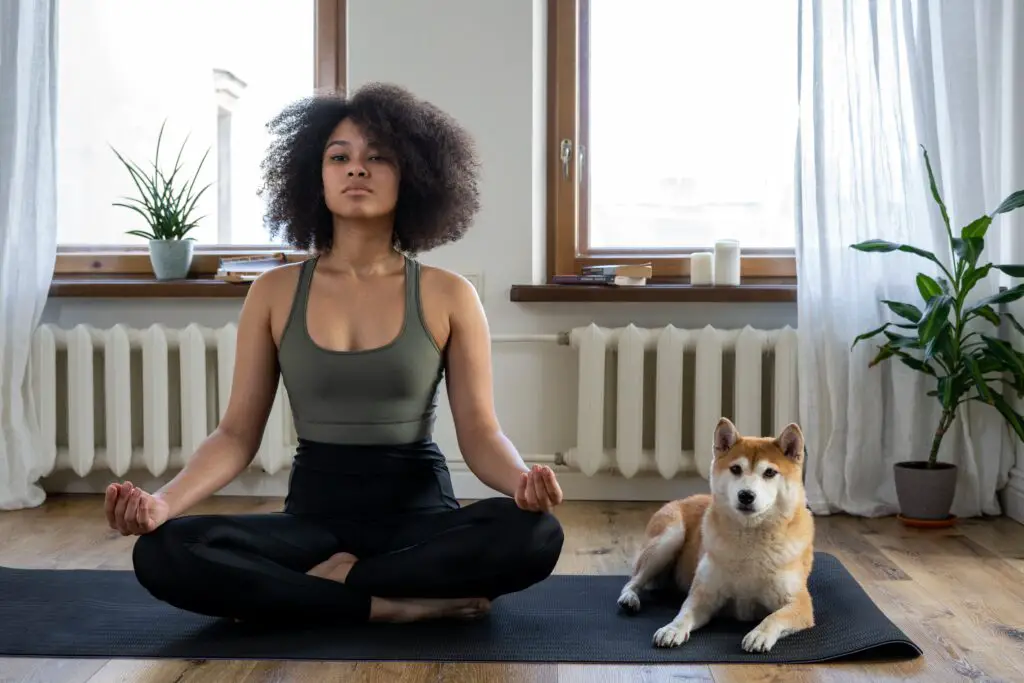
A. Choosing the Right Color Scheme
Selecting the right color scheme can greatly impact the ambiance of your home gym. Bright and vibrant colors can energize your space, while neutral tones promote a calming atmosphere. Consider your personal preferences and the type of workouts you’ll be doing to choose a color scheme that complements your fitness goals.
B. Mirrors and Their Placement
Mirrors not only add an aesthetic touch to your gym but also serve a practical purpose. They allow you to check your form and posture during exercises, reducing the risk of injury and improving exercise effectiveness. Place mirrors strategically to ensure proper visibility during various workout routines.
C. Adding Inspiring Decorations and Wall Art
Personalize your home gym with motivating decorations and wall art. Inspirational quotes, fitness-related posters, and pictures of your fitness role models can create a positive and encouraging environment, pushing you to reach your goals.
D. Proper Lighting and Window Coverings
Ample and well-positioned lighting is essential for a functional and safe home gym. Natural light is preferable, but if your gym lacks windows, opt for bright and adjustable artificial lighting. Consider using window coverings to control the amount of natural light and maintain privacy during workouts.
IV. Sound System and Entertainment
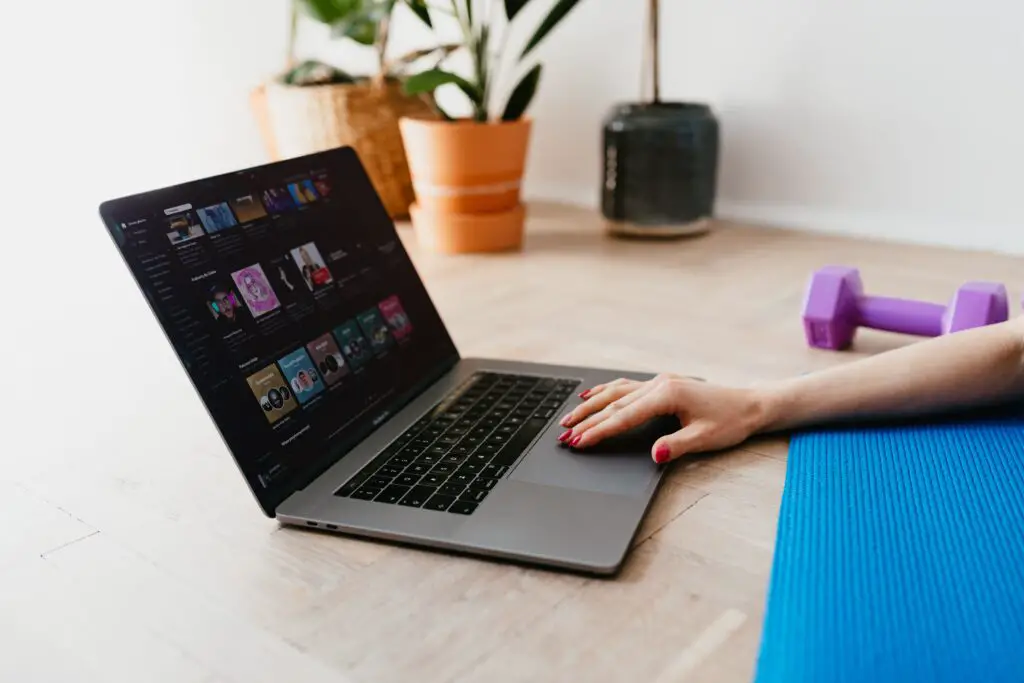
A. High-Quality Sound System
A good sound system can transform your workouts by providing motivating music or fitness instructions. Invest in a quality sound system with Bluetooth connectivity to stream your favorite workout playlists or follow along with virtual training programs.
B. TV, Projector, or Screen Setup
Set up a TV, projector, or screen in your home gym for entertainment and workout guidance. Online fitness classes, exercise routines, and virtual training sessions can add variety to your workouts and keep you motivated.
C. Streaming and Entertainment Options
Explore various fitness apps and streaming platforms that offer workout routines and classes suited to your fitness goals. Many apps allow you to access personalized workouts, nutrition plans, and progress tracking, providing an all-in-one solution for your fitness journey.
V. Home Gym Flooring Options
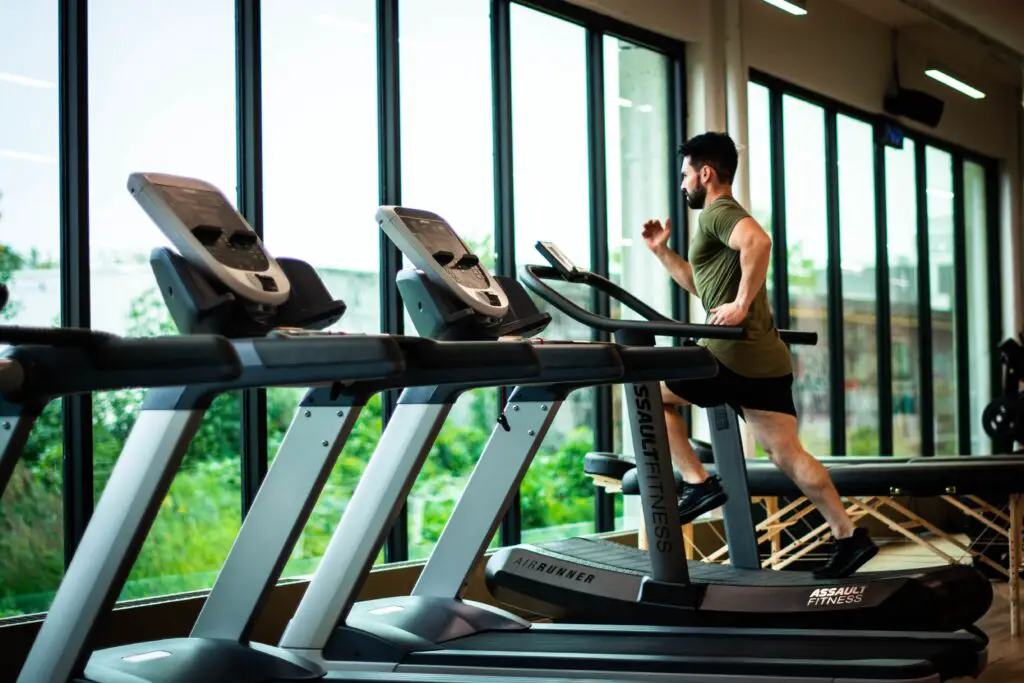
A. Rubber Flooring
Rubber flooring is a popular choice for home gyms due to its durability, shock absorption, and noise reduction properties. It provides a stable and safe surface for high-impact exercises and weightlifting.
B. Foam Tiles
Foam tiles are an affordable and easy-to-install option for home gym flooring. They offer decent shock absorption and provide a comfortable surface for bodyweight exercises, yoga, and stretching.
C. Interlocking Mats
Interlocking mats are versatile and can be easily customized to fit your gym’s layout. They come in various thicknesses, offering varying levels of cushioning for different workout intensities.
VI. Organizing Your Home Gym Space

A. Storage Solutions for Equipment and Accessories
Maintaining a clutter-free gym is essential for a safe and enjoyable workout experience. Invest in storage racks, shelves, and bins to keep your equipment organized and readily accessible.
B. Keeping the Gym Clutter-Free
Designate specific areas for different types of equipment, and ensure everything has its designated place to avoid clutter and disorganization.
C. Designating Zones for Different Workouts
If you have enough space, create distinct zones for different workout types. For example, designate one area for cardio equipment and another for strength training to maximize efficiency during workouts.
VII. Incorporating Technology and Apps
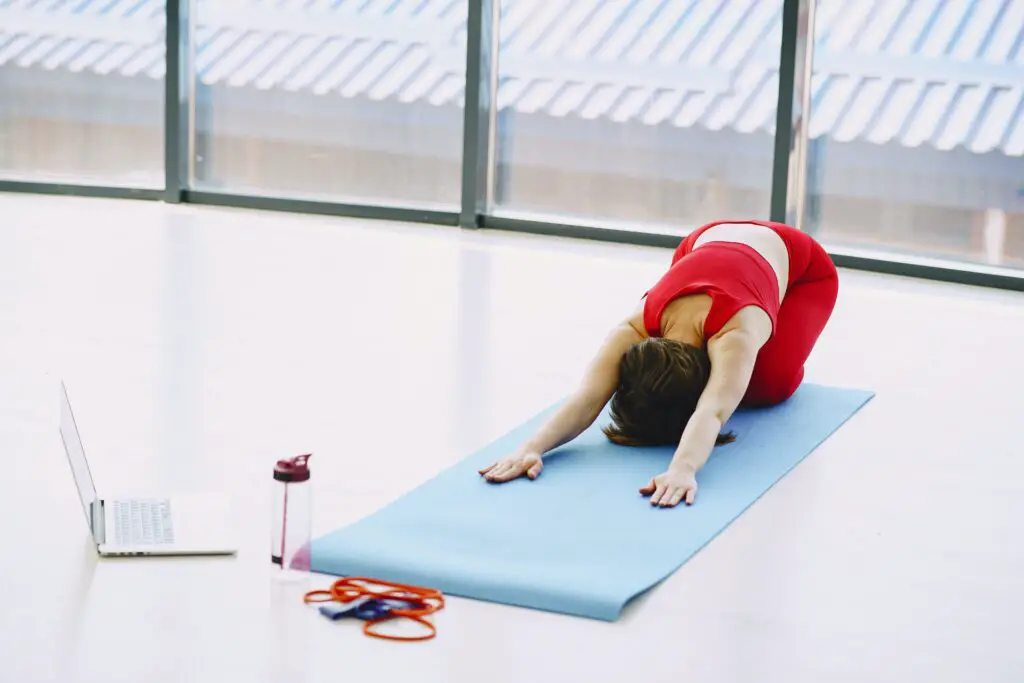
A. Fitness Trackers and Smartwatches
Fitness trackers and smartwatches are valuable tools for monitoring your progress and staying motivated. They can track your heart rate, steps, calories burned, and sleep patterns, providing insights into your overall health and fitness.
B. Home Gym Apps for Workouts and Tracking Progress
Numerous home gym apps offer a wide range of workouts suitable for various fitness levels and goals. These apps often include exercise tutorials, progress tracking, and personalized workout plans.
C. Virtual Training and Online Classes
Virtual training sessions and online fitness classes provide expert guidance and motivation from the comfort of your home. Many fitness professionals and platforms offer live or pre-recorded classes, ensuring you never miss a workout.
VIII. Maintaining and Cleaning Your Home Gym

A. Regular Equipment Maintenance
Proper maintenance of your gym equipment is essential for longevity and safety. Follow manufacturer guidelines for maintenance and cleaning, and regularly inspect equipment for wear and tear.
B. Cleaning Guidelines for Different Surfaces
Maintain a clean and hygienic gym space by regularly cleaning and disinfecting surfaces, equipment, and accessories. Use appropriate cleaning products based on the materials to avoid damage.
C. Air Quality and Dust Control
Keep your home gym well-ventilated to maintain good air quality during workouts. Dust and allergens can accumulate, so consider air purifiers and frequent cleaning to create a healthy exercise environment.
IX. Safety and First Aid
A. Implementing Safety Rules and Guidelines
Establish safety rules for using your home gym, especially if multiple family members use the space. Emphasize proper equipment usage and the importance of warming up before workouts.
B. First Aid Kit Essentials
Keep a well-stocked first aid kit in your gym in case of minor injuries or accidents. Ensure it contains essentials like band-aids, antiseptic wipes, ice packs, and pain relievers.
C. Emergency Preparedness
Know the location of emergency exits and how to handle potential emergencies during workouts. Inform family members about safety measures and emergency procedures.
Conclusion
Creating a functional and stylish home gym is an exciting and rewarding project that can elevate your fitness journey to new heights. By planning carefully, selecting the right equipment, and designing an inspiring environment, you can enjoy convenient and effective workouts in the comfort of your own home. Remember, consistency and dedication are key to achieving your fitness goals, so set yourself up for success with a home gym that truly reflects your needs and personal style.
Frequently Asked Questions (FAQs)
1. How much space do you need for a home gym?
The amount of space you need depends on the type and quantity of equipment you plan to have. Ideally, a dedicated room or area with dimensions of at least 10′ x 10′ can accommodate basic gym equipment and provide enough space for workouts.
2. What are some space-saving options for small home gyms?
For smaller home gyms, consider foldable or compact exercise equipment, wall-mounted weight racks, and collapsible benches. Utilize vertical space and invest in multifunctional equipment to maximize your workout options without taking up much space.
3. How can you keep a home gym organized and clutter-free?
Use storage racks, shelves, and bins to keep your equipment and accessories organized. Designate specific areas for different types of equipment and implement a “clean as you go” policy to maintain a tidy gym space.
4. Can you stream workout classes in a home gym?
Yes, you can access a wide range of workout classes through various fitness apps and online platforms. Many of these apps offer live or pre-recorded classes, allowing you to follow along with expert instructors from the comfort of your home gym.
5. What safety measures should you consider for my home gym?
Safety is paramount in your home gym. Invest in proper flooring for shock absorption, place mirrors strategically for form checks, and follow safety guidelines for each piece of equipment. Additionally, keep a first aid kit handy and ensure family members are aware of emergency procedures.
